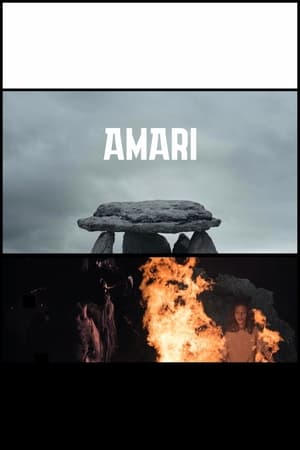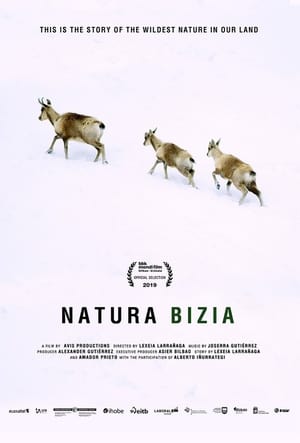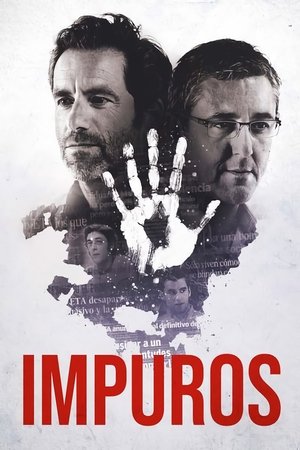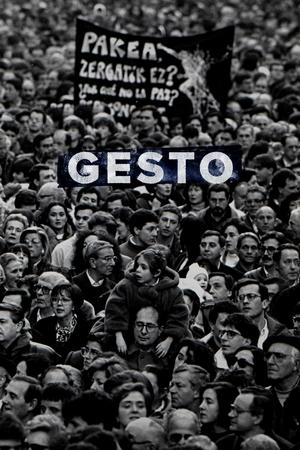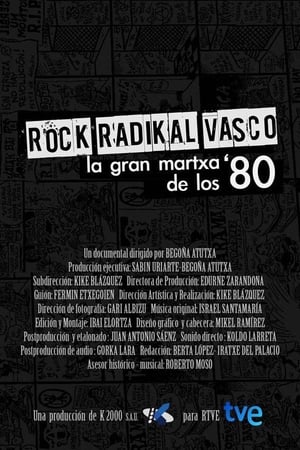

Urak aske: presak kendu, ibaiak berreskuratu(2022)
Movie: Urak aske: presak kendu, ibaiak berreskuratu

Urak aske: presak kendu, ibaiak berreskuratu
HomePage
Overview
Release Date
2022-05-03
Average
0
Rating:
0.0 startsTagline
Genres
Languages:
EspañolFrançaiseuskeraKeywords
Similar Movies
 0.0
0.0I am the Earth. Stories from the End of the World(es)
Over 46 minutes, the film takes the viewer on a journey to discover different initiatives and cases where Chileans are contributing to mitigate the effects of climate change, from large-scale projects and scientific innovations to day-to-day citizen actions, all of which are collectively necessary. The focus of this documentary is to show how Chile is contributing to an issue that affects all of humanity, such as climate change, in five thematic areas: sustainable agriculture; forest and biodiversity conservation; renewable energy; the water crisis; and astronomy.
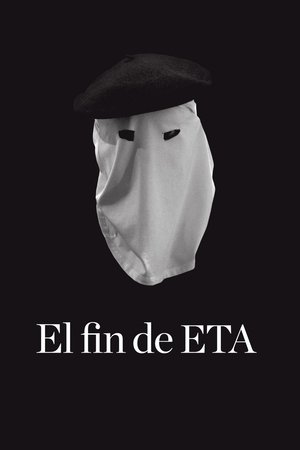 5.9
5.9The Demise of ETA(es)
The chronicle of the process, ten long years, that led to the end of ETA (Euskadi Ta Askatasuna), a Basque terrorist gang that perpetrated robberies, kidnappings and murders in Spain and the French Basque Country for more than fifty years. Almost 1,000 people died, but others are still alive to tell the story of how the nightmare finally ended.
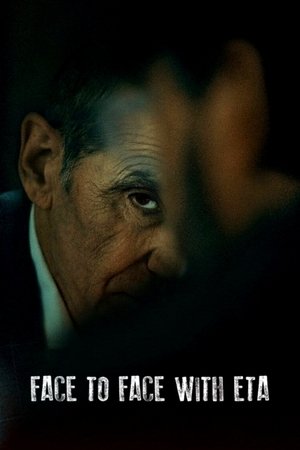 7.0
7.0Face to Face with ETA: Conversations with a Terrorist(es)
An in-depth interview with José Antonio Urrutikoetxea, known as Josu Ternera, one of the most relevant leaders of the terrorist gang ETA.
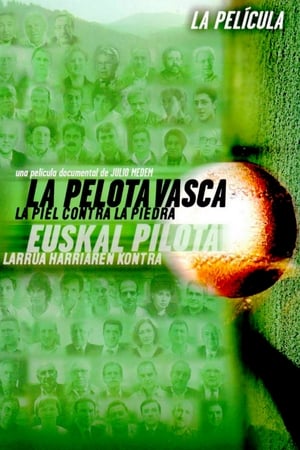 6.0
6.0The Basque Ball: Skin Against Stone(es)
An attempt to create a bridge between the different political positions that coexist, sometimes violently, in the Basque Country, in northern Spain.
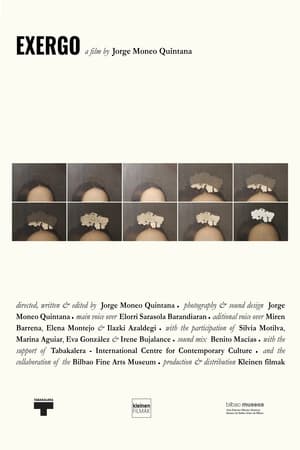 0.0
0.0Exergo(eu)
Departing from peripheral details of some paintings of the Bilbao Fine Arts Museum, a female narrator unravels several stories related to the economic, social and psychological conditions of past and current artists.
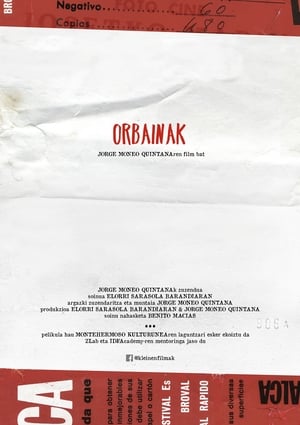 10.0
10.0The Scars(eu)
The personal stories lived by the Uncle, the Father and the Son, respectively, form a tragic experience that is drawn along a line in time. This line is comparable to a crease in the pages of the family album, but also to a crack in the walls of the paternal house. It resembles the open wound created when drilling into a mountain, but also a scar in the collective imaginary of a society, where the idea of salvation finds its tragic destiny in the political struggle. What is at the end of that line? Will old war songs be enough to circumvent that destiny?
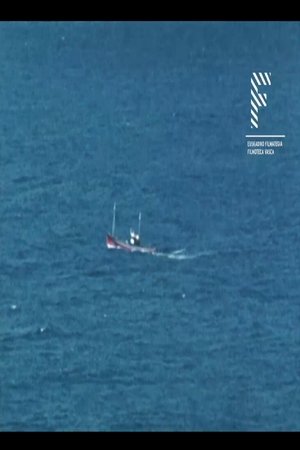 0.0
0.0Elburua Gernika(eu)
The film starts in Bermeo and ends in Gernika. A magical trip taking us from the scent of salt air and the fishing atmosphere of Bermeo port to the roots of the Tree of Gernika.
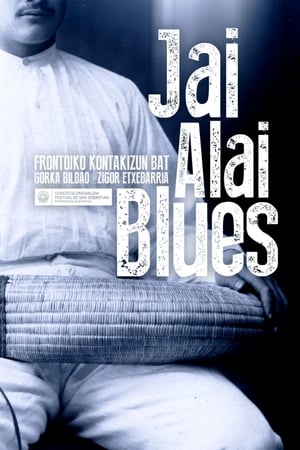 0.0
0.0Jai Alai Blues(es)
The story of how a humble Basque rural sport called zesta punta —or jai alai— was successfully exported from the Basque Country to nations as different as Egypt, China, the Philippines, Cuba, Mexico or the United States. In these places, the pelotaris were considered true artists at the fronton. But the splendour of the jai alai, the happy feast, could not last forever.
 0.0
0.0Plasticsphere(es)
The documentary follows a group of Latin American environmentalists and scientists on their risky expedition through the second largest coral reef in the world.
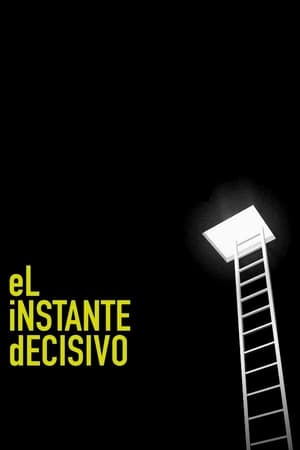 2.0
2.0El instante decisivo(es)
Spain, 1997. The story of twelve days in July during which Basque society left indifference and fear behind and faced the threat of the terrorist group ETA.
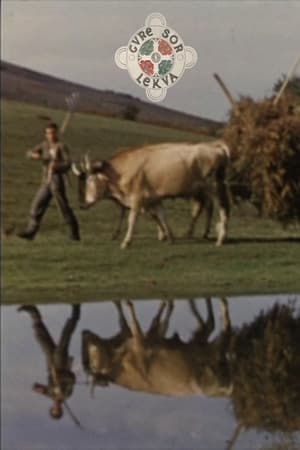 0.0
0.0Gure Sor Lekua(eu)
The first film to be shot in Basque language, produced in 1956 by general André Madré. It was discovered by the filmmaker and researcher Josu Martinez, without its soundtrack.
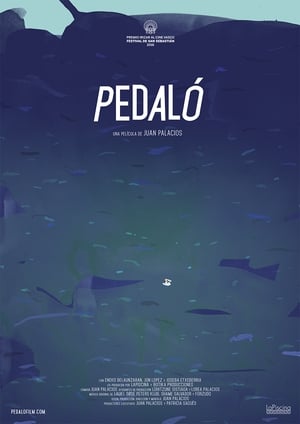 0.0
0.0Pedaló(eu)
A young filmmaker travels back home to Basque Country to follow three friends on a surreal nautical voyage. Riding a second-hand paddle boat, they pedal over 150km along the entire Basque coast from Hendaia (French Basque Country) to Bilbao in an attempt to rediscover their country's shoreline. However, as a paddle boat is not made for the rough Basque sea, things don't go as planned. The journey becomes a delirium with unforeseen accidents, folkloric parties, hangovers, a shaman, a funeral... Documenting the expedition of these 'sailors' on his own, the filmmaker finds himself on a parallel inner journey.
 0.0
0.0Untenable Pantanal(pt)
Luciano Candisani, award-winning Brazilian photographer, returns to the Pantanal, the world’s largest floodplain, to document its biodiversity and raise awareness about severe environmental threats. The region faces drastic water flow changes and unprecedented fires, yet Candisani finds hope and resilience amidst the challenges.
 0.0
0.0A Portrait of N. B.(es)
Through his own photographs, the Basque artist Néstor Basterretxea (1924-2014) is portrayed by the art critic and exhibition curator Peio Aguirre, a great connoisseur of his work and personal archives.
